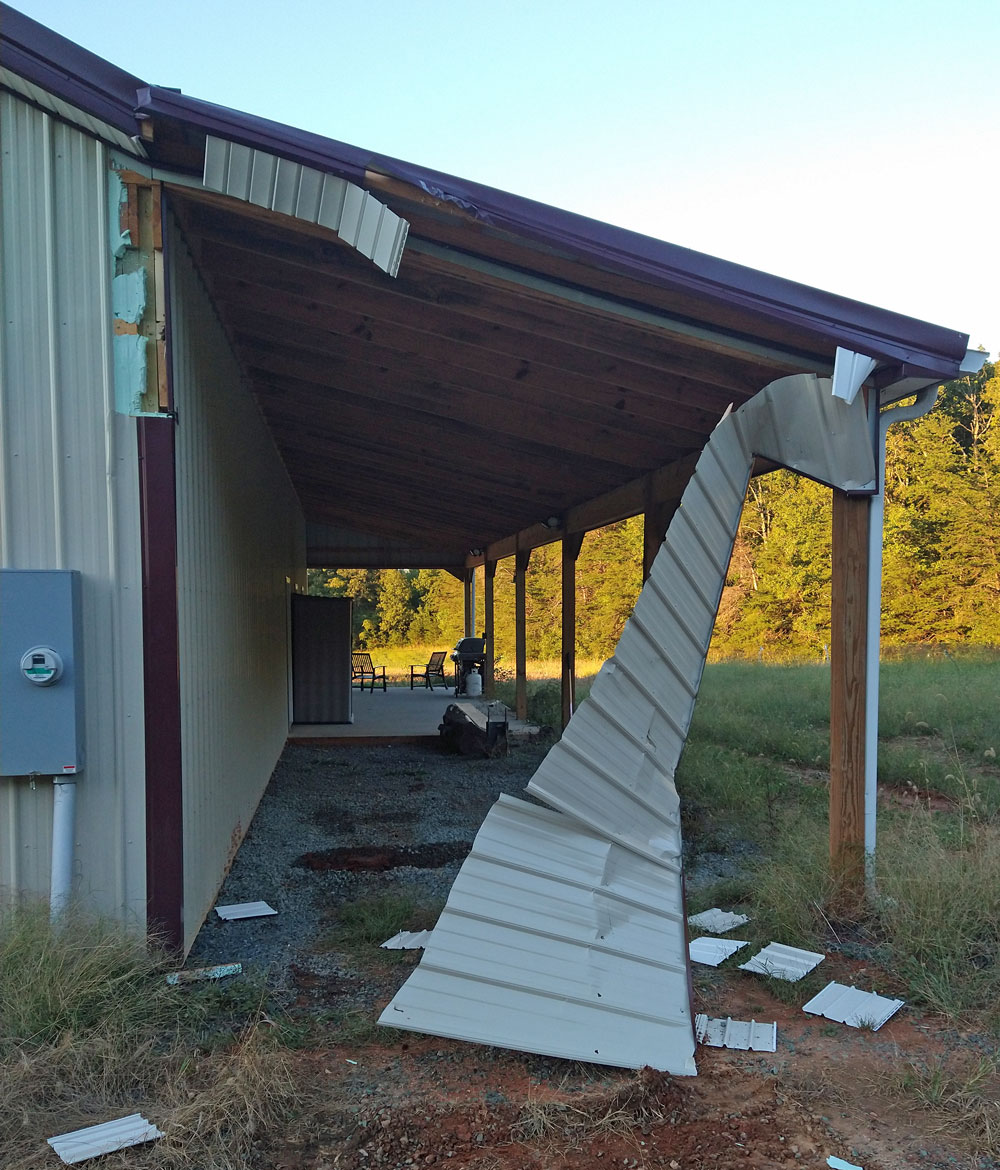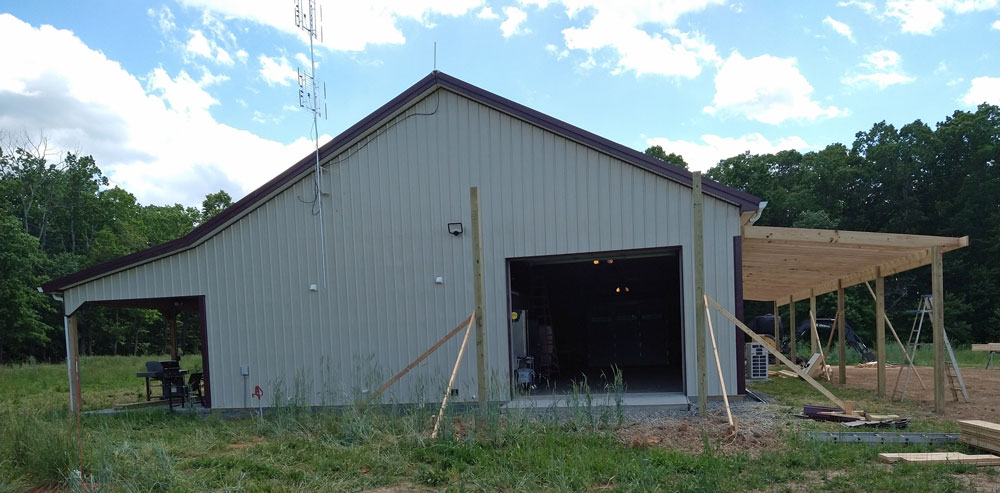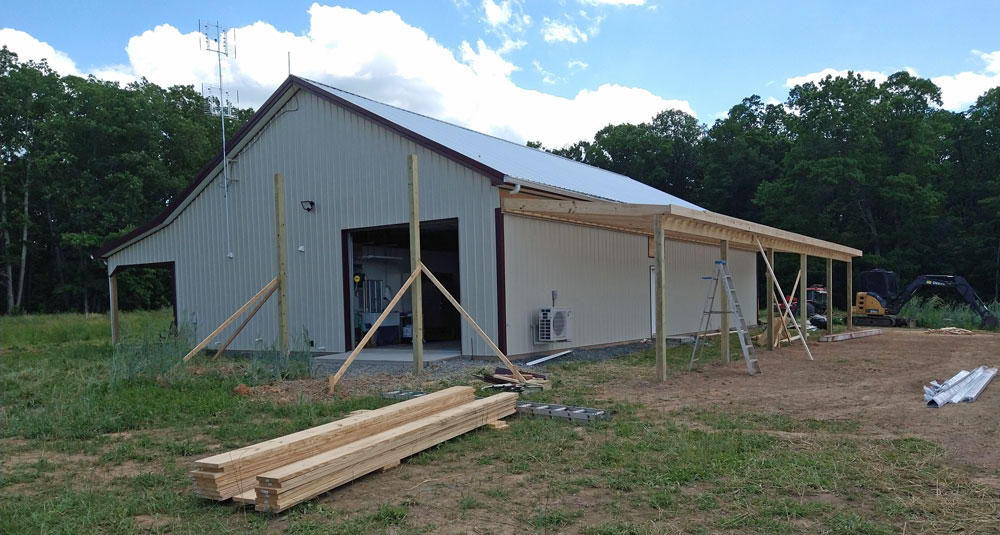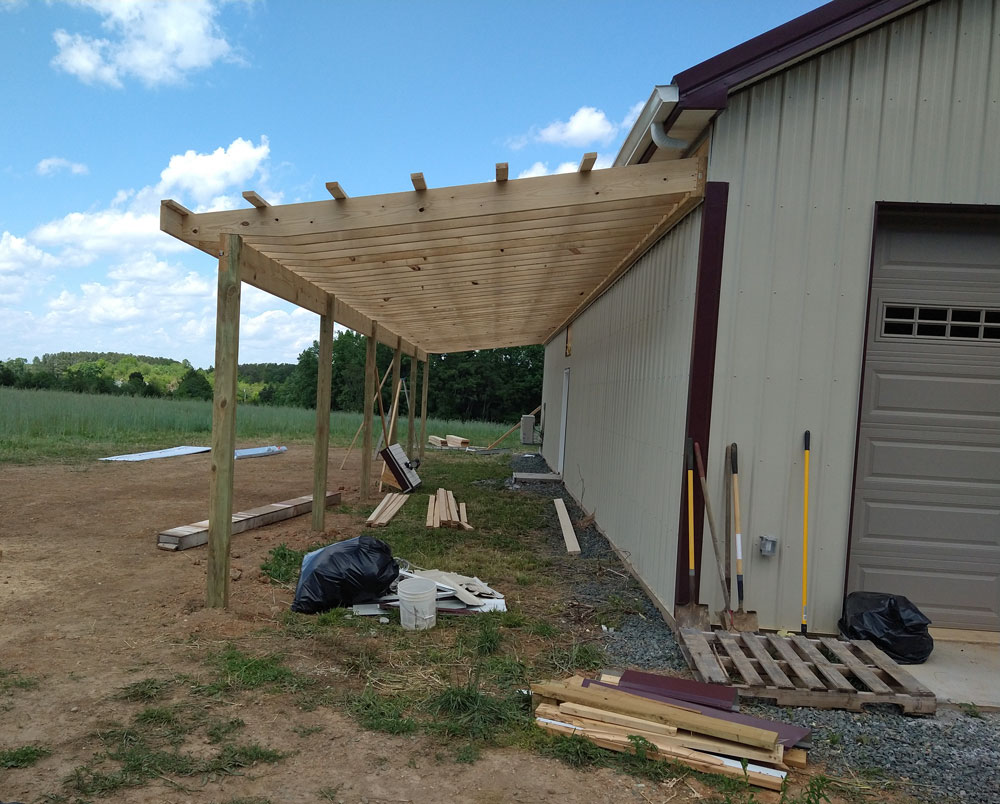Big issue the electric companies are running into is that the R/W s were leased for electric so many times they have to get new leases and while running it in the air is cheaper it's it's alot more likely to be damaged.If you have no options from local provider which that means you usually have ATT or Cox and not a independent company which are usually way ahead of the big companies I would look at Hughs Net before I did Starlink.The box that the fiber goes into is the ONT {optical network terminal} that converts the light to a signal to go over copper then plugs into a router.Surprised they didn't provide everything so it was hot when they left.
The ROWs are the big issue for other folks. That is one reason the power companies are getting into the game. They already have the ROW. Mine is an independent company that is provide the ISP for the power company. It is a joint venture subsidized by the rural internet incentive program. My fiber is underground. It runs almost a mile before it comes above ground and goes into one of their boxes installed on the telephone poles.
The problem with satellite, any brand, is the round trip time. It fine for applications that don't need response time. The biggest issue with RF, satellite or terrestrial, is the data limits. 5G may resolve the speed issue to a large degree, but you still have data limits. With wired internet, you have no data limits (for practical purposes).
I think the government incentives are beginning to change things. Most of the counties surrounding me have some broadband internet project underway.
The only thing that irks me a little bit about my new fiber setup is that they only have Business and Residential. With business you get full control of the router and with residential you only get basic controls. I'm only using a couple advanced router settings, but to get access them I had to get their Business service, even though I'm doing nothing commercial. The low end Business speed (100 mbs) is the same cost as the high end Residential speed (1 gbs).
As for the ONT (this company calls them an optical modem but Verizon did call them ONT), they did fine. The router was up and running when they left. and I could reach out to the internet. With Residential service, they manage the router and your only access is to some basic router settings. I'm running a couple personal web sites that are accessed from outside the router. With Business service, they give you full control of the router, but it is your responsibility to manage it. Every router is different even though they all have similar controls. The router they provide is a Calix router. Calix only sells to ISPs, not retail, so I have not been able to find any detailed documentation on the router on-line. I did find a few evaluation videos, but no configuration manual for my model. So, I had to muddle my way through. I took screen shots of my router settings at home before I brought the computer down. So, I had to find the right controls to replicate them.
My first issue was that the routers handle DHCP and Static IPs differently. They also have different ways to handle the firewall and port forwarding approaches. It took me a while to make the translation, but I did get 95% of it right on the first try. Of course, it is always that last 5% that takes forever to diagnose and fix. I finally called tech support and as I was walking through the issue with them, I found the problem myself. It turns out that my old router had 1434 forwarded for SQL, but that was the only thing I could find for SQL. I'm not sure how it was working at home. As I was describing the problem to tech support and looking at the firewall, I noticed it listed 1433 for SQL. I think it uses both ports depending on what features you are using. At any rate I added 1433 to the port forwarding and everything started working.
This router is kind of peculiar. I used the default of .100 to .249 for the DHCP address space. With my old FIOS router, I could hard code an IP under .100 and then use the mac address to to tell the router what it was. It showed up like all the other devices. That router is old enough that it doesn't use DHCP reservation, hard coding IPs was the only way to get a static IP. This new Calix router does have DHCP reservation and there is no way to tell the router about a device outside that address space (at least none I could find). I had a printer that I had hardcoded the IP on the old router. With this new router I just used DHCP reservation which is a nice feature. But I have a bunch of old code that has IP addresses in it and I didn't want to have to go back and find and fix it all, so I wanted to hard code the same static IP for the desktop.
The interesting thing about this router is that it doesn't seem to know about the desktop. It routes traffic just fine to and from it, but when I look at the status of the network, it only shows me devices that are in the DHCP address space. But everything is working and that is a small quirk.
Thanks,
Jack






